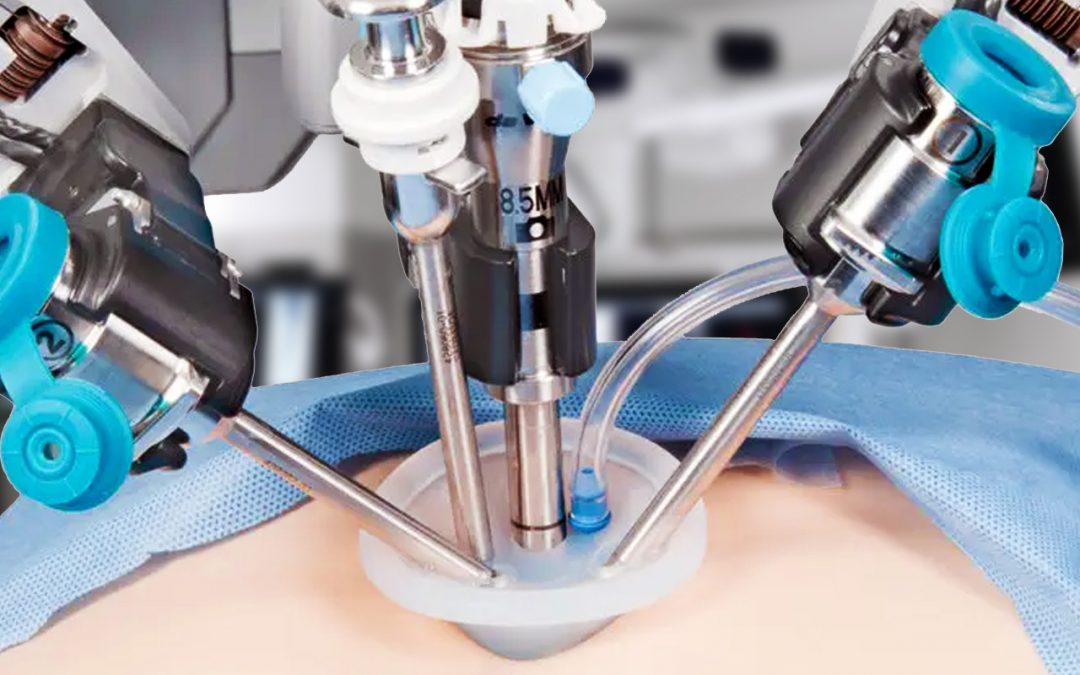Over the past two decades, advances in surgical techniques have undergone a tremendous revolution. The reasons behind these accelerated advancements can be attributed to two main processes; the improvement of medical imaging techniques and, the improvement in surgical instrumentation. The combination of these two factors has created an extraordinary leap forward that is not just a linear temporal development, but an exponential advancement for surgical procedures. In general, the factor that drives improvements in surgery is the quest for better outcomes, which basically means more predictable interventions with high accuracy of each action through as minimally invasive access as possible. Better preoperative and intraoperative imaging provides accurate information on the anatomy, and even on the metabolic activity of the surgical site, and helps guide the procedure. At the same time, more accurate and performance through SMART surgical tools allow the surgeon to execute more accurately the intended surgical action. In this framework, robotics and enhanced surgical tools have played and will continue to play a major role in the development of better surgical outcomes.
Traditionally, surgeons operate directly by driving traditional surgical tools that interact with a patient’s tissues. All the information which the surgeon receives is direct information. They see the operating area directly. They can manipulate and touch most of the body regions. They can receive familiar force feedback from the tissues directly or from the handles of the surgical tools. The surgeon can check images of the operation area taken before the surgical procedure and they have to match these preoperative images in their mind during the real surgical procedure. In the minimally invasive surgical scenario, the direct manual and visual links between the surgeon and the organs are filtered by a long cannula where charge-coupled device (CCD) cameras and surgical tools are inserted; which requires the surgeon to monitor the procedure by looking at an external video monitor to actuate the instruments through the visual interruption of the image being displayed.
With the advancements in robotic technologies and digital biosensors, surgeons now have the increasing means to take the guesswork out of a procedure while performing ever less invasive surgeries into their patients. The result is a higher degree of success and a decrease in recovery and potential post-operative infection.
Thanks to the latest breakthroughs in 3D printing, researchers are working on miniaturizing surgical tools and adding robotic control to them. For example, articulated grippers that can hold onto tissue during surgery and, with a diameter of 60 microns, are smaller than the width of a human hair and almost as small as a 10 micron-wide red blood cell. Produced using a two-photon polymerization technique in which a laser joins molecules, the device could allow surgery at a cellular level.

